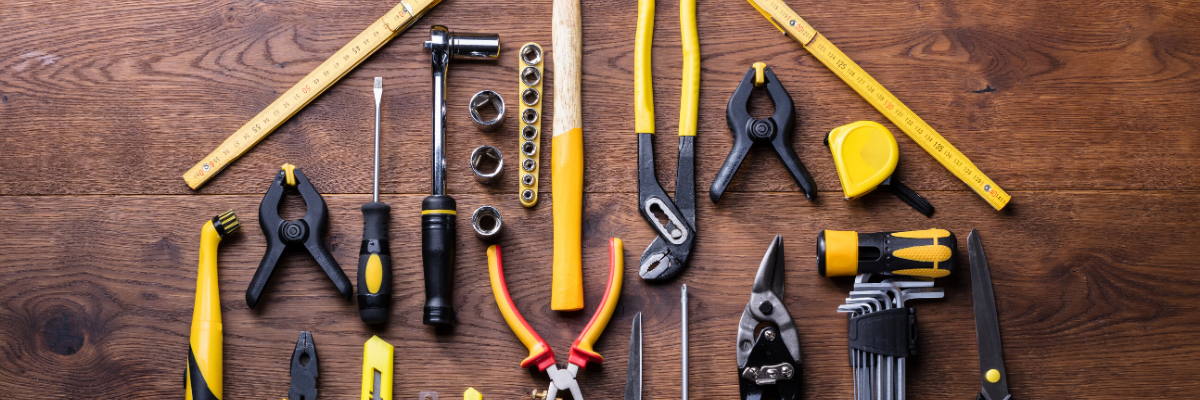With summer quickly approaching and another May bank holiday coming up it is the busiest time of year for DIY enthusiasts. Most people will wait until this time of year to finally complete those odd-jobs around the house they have been meaning to do all spring. With this in mind, this article will give you some facts and figures about DIY Injuries as well as 7 safety tips that will help you avoid becoming a statistic!
Home renovations can be exciting but also become very dangerous if you don’t consider your safety. There are many potential hazards when carrying out DIY work, such as knife cuts, paint drips, debris, power tools and ladders. Every Year DIY work is responsible for around 70 deaths and 250,000 serious injuries.
More people are killed or seriously injured when using ladders than any other piece of DIY equipment with more than 30,000 people needing hospital treatment from ladder falls each year. So before you decide to start your DIY work this summer ensure safety is your first priority and consider the following 7 DIY Ladder Safety Tips.
1. Carry Out Pre-Checks - A pre-use check allows you to look out for obvious defects and damages which may affect your safety. You should inspect the stiles, feet rungs, locking mechanisms, and treads. You should be wearing suitable footwear and ensure your work area isn’t contaminated. If you notice any elements of your ladder may be damaged, Do not use it.
2. Always Keep 3 Points of Contact – When using a ladder you must make three points of contact at all times (2 Feet & 1 Hand). This means if you are holding a paint bucket in one hand and painting with the other you are putting your self in serious danger.
3. Never Over Reach When Using A Ladder – If you are painting, hanging wallpaper, putting up a new shelf or carrying out any other DIY task that requires working at height do not overreach. If you cannot reach comfortably move the ladder.
4. Never Use Aluminium Ladders Near Electricity - Aluminium ladders conduct electricity which can easily cause death. If you are planning any DIY work near electricity use a Fibreglass Ladder and remember unless you are a trained electrician do not mess with electricity. It can be lethal.
5. Do not use ladders on un-even ground – Ladders can be a problem when being used on uneven, soft or sloping ground. Whatever the work, if you are cleaning out the gutters or touching up those window ledges make sure the ground you are working on isn’t uneven, soft or sloping. The Laddermat Ladder Leveller reduces the risk of ladders slipping. Don’t take it from us check out our 5-star customer reviews. “Does exactly what it says it does. Makes working at height on sloping ground a lot safer and less worrying.”
6. Make sure your work station is clear – When doing any DIY work at all you should make sure that your work area is clear. This includes checking for items on the floor and spillages which could cause trips and falls. Spillages that occur near ladders can contaminate treads making them become very slippery. It is also essential that children are outside of the work area to minimise the risk of injury to you or them.
7. Use the Correct Equipment for the Job – It is vital that you use the correct equipment for the job when carrying out DIY tasks. Selecting the correct equipment will help you avoid over-reaching and help you stay safe when working at height. If you are unsure what equipment you should be using don’t hesitate to contact us. You can call our expert team by calling 01204 590 232.

